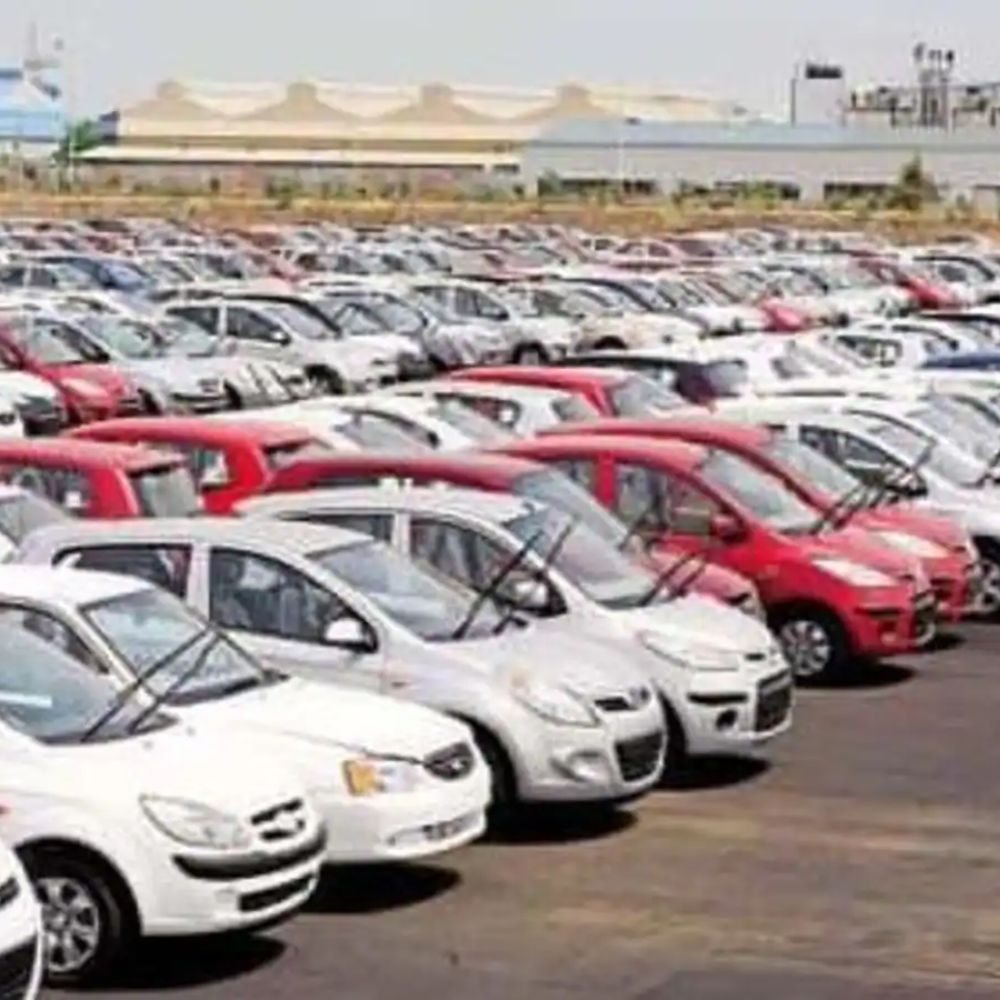The Tata Group reclaimed ownership of Air India from the government. This marks the official return of India’s first airline. Seventy years ago, the Mumbai-based corporation handed it over to the government.
Introduction
Chairman of Tata Sons N. Chandrasekaran met with Indian Prime Minister Narendra Modi before the final handover procedures at the Airlines House in New Delhi.
The announcement also marks the end of a major attempt by the Union government to unload an airline that lost a total of 27 crores of public money every day in the previous fiscal year. It was the largest disinvestment transaction in decades.
Background Of Air India
Air India was formerly known for its beautifully adorned aircraft and service, championed by founder JRD Tata. Air India was created in 1932 and nationalized in 1953. It was at the forefront of the global aviation boom from the 1950s to the 1970s.
Air India’s image has deteriorated since the mid-2000s. Its financial problems worsened and it started to lose market share to low-cost carriers such as SpiceJet and IndiGo.
On October 11, the Tata Group received a Letter of Intent indicating the government’s intent to sell its whole share in the airline. The Centre signed the share purchase agreement for this acquisition on October 25.
The government announced in October 2021 that it had sold its entire interest in the auto-to-steel Tata group for Rs 18,000 crore.
The return
Around 2.30 p.m., Air India board members, along with former Air India chairman and managing director, and chairman and members of Tata Sons, arrived at the airline’s headquarters. By 3.30 p.m., the final transfer procedure had been completed.
The government has received a total of Rs. 2,700 crore. The shares were transferred to Talace Pvt. Ltd., which is now the new owner. Air India is no longer a government-owned company.
The deal involved the three businesses of Air India, Air India Express, and AI SATS. Sources close to the situation said that all four of Air India’s executive directors may be retained. In the next few days, the board will be enlarged.
Air India also sent out a circular to all of its pilots on Thursday evening. They were instructed to make special welcome statements on all departing aircraft on Friday.
Ownership
Talace Pvt Ltd, a Tata Sons wholly-owned company, has obtained 100% ownership of Air India and AI Express. It will also get the government’s 50% interest in AI SATS.
AirAsia India and Vistara, a joint venture with Singapore Airlines, are both majority-owned by the Tata group. The purchase of Air India is the conglomerate’s third in the aviation industry.
At domestic airports, AI controls 4,400 domestic and 1,800 foreign landing and parking spaces. It also has 900 slots at international airports such as Heathrow in London and JFK in New York.
With a proposal of Rs 18,000 crore, the Tata Group emerged as the winning bidder for 100% of Air India. It also won the airline’s 100% share in budget airline Air India Express and a 50% stake in ground handling business AI-SATS in October last year.
According to reports, a group of public sector lenders led by the State Bank of India has approved a plan to help the Tata Group pay off its high-interest debt by giving Air India term loans. This will help the Tata Group pay off the debt.
According to the bidding rules, the Tata Group must retain all Air India personnel for one year after the deal closes. They may provide a voluntary retirement plan (VRS) in the second year.
Through its subsidiary Talace, the Tata group currently controls Air India. In a formal way, the Department of Investment and Public Asset Management (DIPAM) gave the airline to the Tata group on Thursday.
The Tata group now controls Air India, Air India Express, and Air India SATS Airport Services Pvt. Ltd.
Conclusion
Since its merger with state-owned Indian Airlines in 2007, Air India has been a loss-making enterprise. According to some estimates, the airline has lost money and relied on public funds to stay afloat each year.
The Tata group’s acquisition of Air India might be seen as less financial pressure on the government.
Air India has 4,400 domestic and 1,800 international landing and parking spaces at several airports under its management. 900 of these slots are at international airports. These assets might form part of the Tata group’s aviation business plan.















